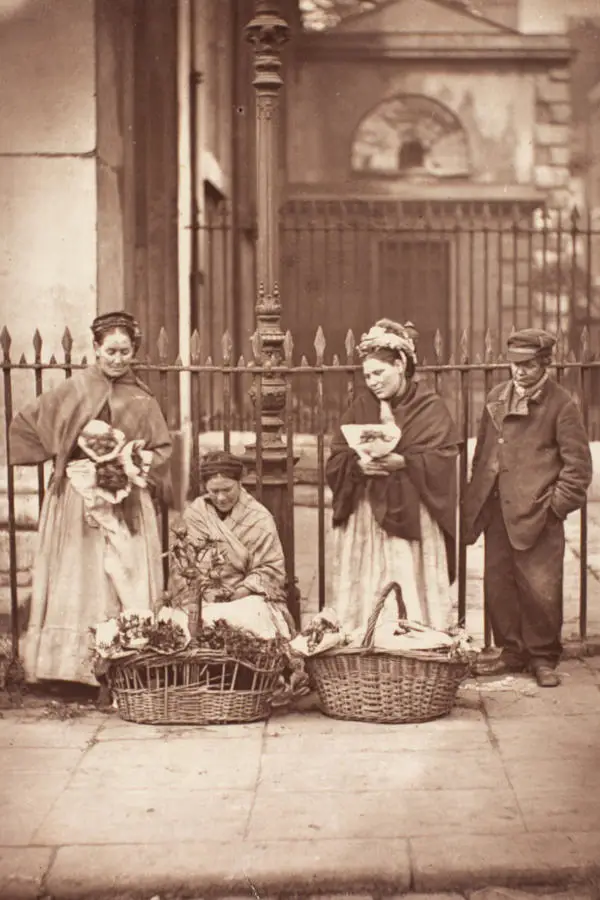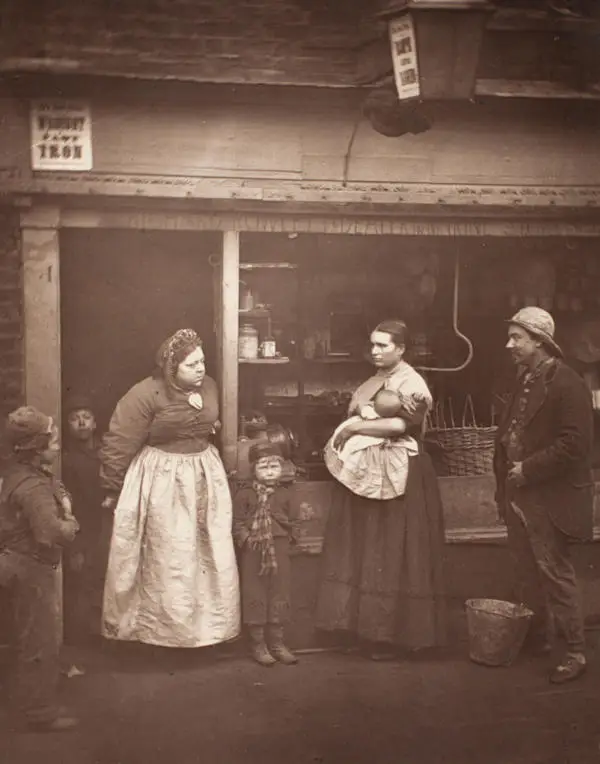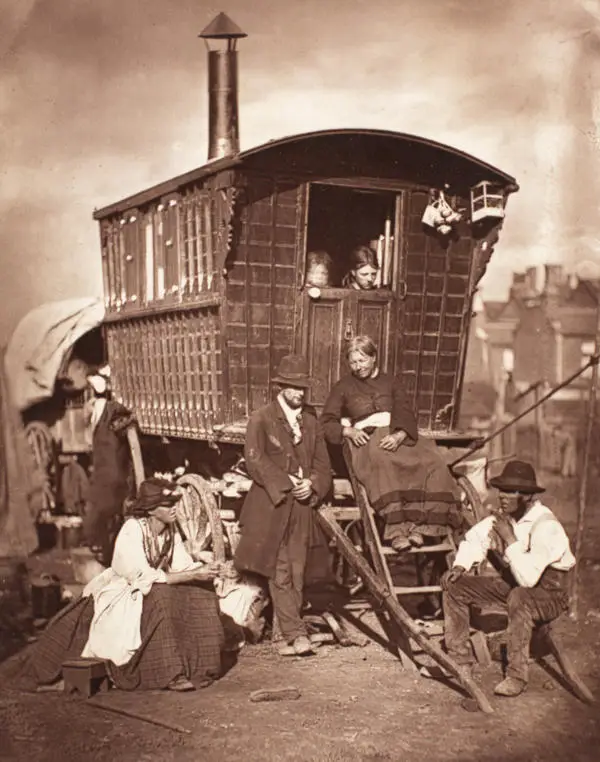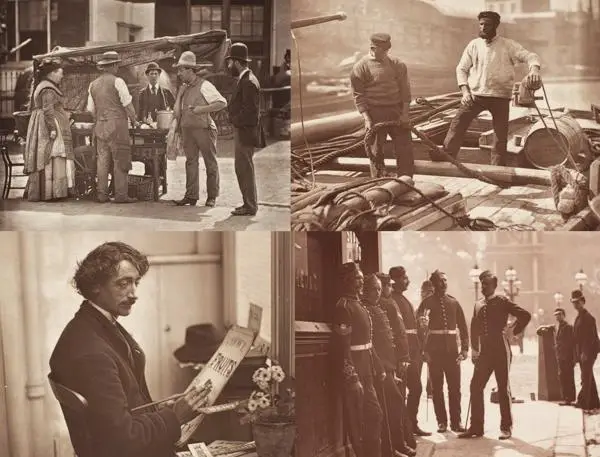John Thomson 1837-1921
2021 is the centenary of the death in September of John Thomson, well known as the photographer of people and landscapes in East Asia and the co-producer of Street Life in London.

Thomson was born in Edinburgh in 1837 and appears to have completed an apprenticeship to an optical and scientific instrument maker. He attended the Edinburgh School of Arts before moving east in the early 1860s to join his brother in Singapore. Once in Singapore Thomson established a photographic studio and travelled across East Asia photographing people and landscapes. He would return to Britain to lecture and publish articles about the places he had photographed. His photographic journeys resulted in a number of renowned published works, for example, The Antiquities of Cambodia: A Series of Photographs Taken on the Spot With Letterpress Description by John Thomson, 1867 and Illustrations of China and its people: a series of two hundred photographs with letterpress description of the places and people represented, by John Thomson, 1873-4
On his return to Britain Thomson settled in London and continued to lecture and publish on his travels in East Asia as well as his visit to Cyprus in 1878. He established a photographic studio in Buckingham Palace Road which he subsequently moved to two other premises.
To those interested in London history John Thomson is perhaps best known for the work he produced with Adolphe Smith, Street Life in London. The industrial and social developments of the nineteenth century were subjects of interest and study in the Victorian period. Their effects on the poor were perhaps most famously documented by Henry Mayhew in London Labour and the London Poor, 1851, which included wood engravings after daguerreotypes by Richard Beard, and Charles Booth’s London poverty maps later in the century. Smith was an experienced journalist connected to social reform movements and both he and Thomson were interested in showing the lives of the poor and marginalised as lived on the streets of London.
Street Life in London was produced in 12 monthly issues, starting in February 1877, each with three stories accompanied by an image. Most of the text was written by Smith, although two stories are attributed to Thomson – London Nomades and Street Floods in Lambeth. The 12 issues were collected into a book in 1878. The volume in the library at LMA (Library store 40.2 THO) does not include all 36 images: the London Cabmen, Flying Dutchmen and Old Furniture being missing. The text is not as famous as the images but gives a voice to some of the people Smith and Thomson met.

In Street Floods in Lambeth Thomson describes the damage caused by the annual overflow of the Thames, is critical of the Metropolitan authorities and expresses concern that the conditions are ideal for disease, and also refers to his time in China. Thomson describes the people he met during his visit to the area. The group in the picture was taken outside the rag store of Mr Rowlett. Mrs Rowlett describes the situation in which the family find themselves following family illness and the regular floods, ‘Our heaviest loss was made four years ago. It was so heavy we had to part with our horse and van to keep things going. Our goods, rags, and waste paper were soaked, and we sold tons for manure’ but the family managed to save their piano.

London Nomades, the other story written by Thomson, shows a group around the caravan belonging to William Hampton on a piece of vacant land at Battersea. Hampton is described by Thomson as ‘... a man of fair intelligence and good natural ability. … He honestly owned his restless love of a roving life, and his inability to settle in any fixed spot. He also held that the progress of education was one of the most dangerous symptoms of the times, …’
The images were staged by Thomson as tableau rather than being spontaneous street scenes and the relatively new process, the Woodburytype, was used. Patented in the mid-1860s it involved creating a metal mould from a sheet of lead from which multiple copies of an image could be produced consistently in large numbers for publications.

Other images include the Recruiting Sergeants at Westminster, who are named in the accompanying text, the Seller of Shell Fish, the Workers on the ‘Silent Highway’ (the Thames) and ‘Tickets’, The Card Dealer.
Following his death many of Thomson’s overseas glass negatives were acquired by the Wellcome Library. Digital copies are available online.